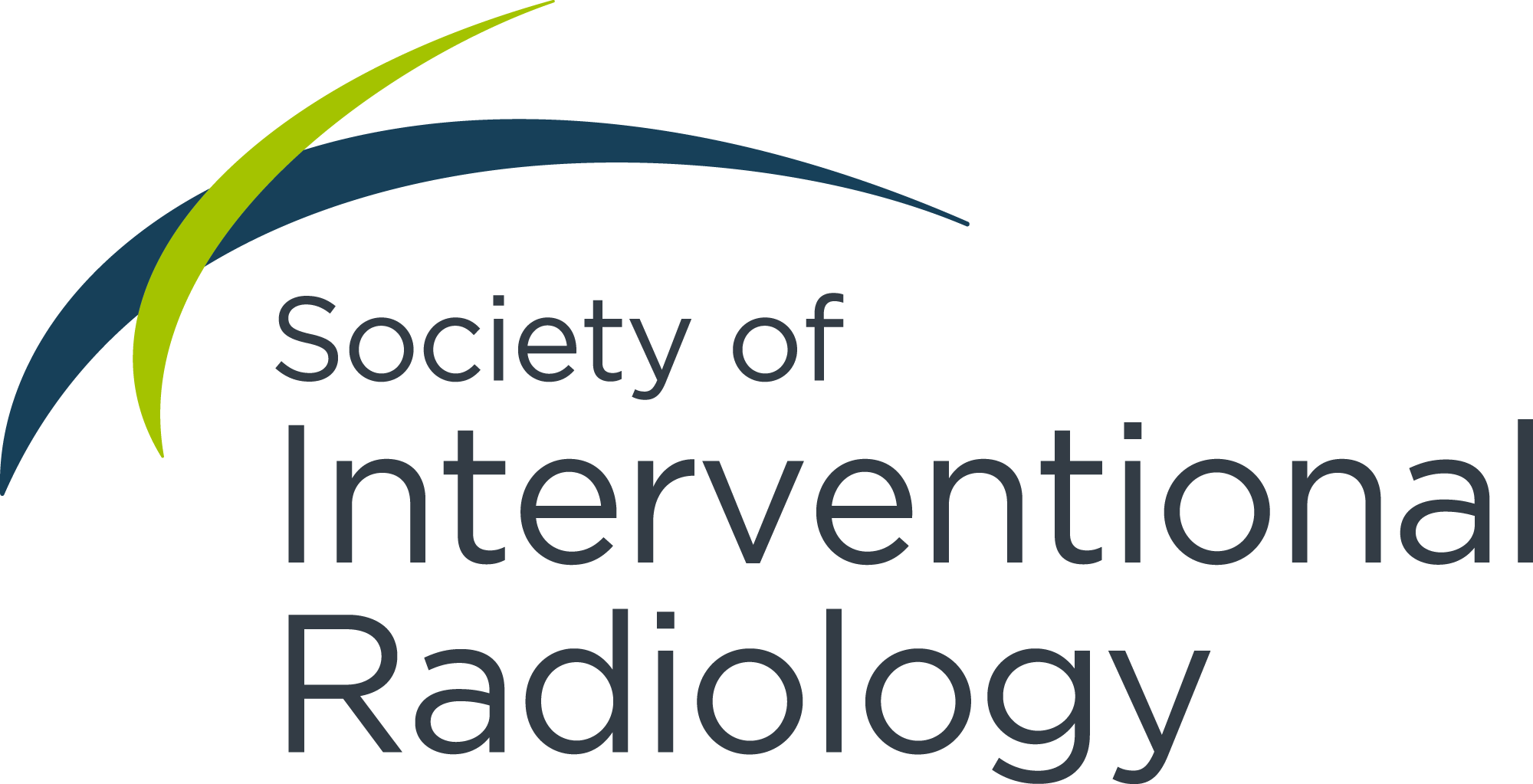Since 2007, the American Board of Radiology (ABR) has used a four-part Continuing Certification (MOC) process that works to ensure its diplomates stay up to date on knowledge and skills relating to their field of practice. Just as medicine is constantly evolving, so is Continuing Certification, with the goal of making the process as robust and meaningful as possible without being burdensome on diplomates. With that in mind, beginning in 2023, the ABR will no longer be requiring self-assessment CME (SA-CME) for those meeting the annual progress requirement in Online Longitudinal Assessment (OLA).
Parts of the Continuing Certification process
The Continuing Certification process contains four parts:
- Professionalism and professional standing
- Lifelong learning and self-assessment
- Assessment of knowledge, judgment and skills
- Improvement in medical practice
Part 1 requires valid, unrestricted licensure in all states of practice. Part 2 requires diplomates to complete CME credits which, until the change in requirements go into effect in 2023, are to be one-third self-assessment. Part 3 is fulfilled with OLA completion or passing a traditional exam every five years. Part 4 of the MOC process requires quality improvement projects, but it can now be satisfied through regular, ongoing quality improvement activities within a person’s practice.
Changes to Part 3
Years ago, ABR began developing a new Part 3 assessment in response to the American Board of Medical Specialties (ABMS) prompting for innovation in diplomate assessment. We were an early adopter of a more longitudinal assessment approach for Continuing Certification. OLA has proved to be an effective tool to assess our diplomates’ knowledge on a more regular basis in addition to its enhanced formative features.
OLA replaced the previous 10-year exam, a summative assessment tool that was only offered at our testing centers in Tucson or Chicago. Recognizing that the exam took time away from diplomates’ practices and families and was an additional expense led us to transition to an online format.
When we launched OLA nearly four years ago, we suspected it would be a useful tool for self-assessment but did not yet have the data to confirm that assumption. Because OLA provides diplomates with immediate feedback, a rationale and at least one reference after the question is answered, we felt that this was a valuable self-assessment tool and, thus, completing SA-CME in addition was duplicative.
The benefits of OLA participation
To fulfill Part 3 requirements, most OLA participants are required to answer 52 questions each year, the equivalent of one question per week. We provide two question opportunities per week, and questions are available for four weeks. Participants can complete them on their own time, and many answer all available questions in the first part of the year, then take the rest of the year off after fulfilling their annual progress requirement. Diplomates also have the option to store up to eight questions, providing extra flexibility for those who may be out of town or wish to answer questions later. Offering many different approaches, OLA can be tailored to meet the needs of the individual.
Functioning as both a summative and formative assessment tool, OLA has been well received. Many people enjoy learning from the questions and gain a sense of confidence that they’re keeping up. They can also now see a summative evaluation of their knowledge over several years.
Every OLA question includes a mechanism to submit feedback. We encourage diplomates to make suggestions on the wording of questions or any information that needs to be updated.
Additionally, we have developed robust tools for evaluating the performance of individual questions and addressing those that do not meet certain psychometric standards. We want our questions to be meaningful and valuable, but also to be correct and to function appropriately.
How this will impact OLA participants
We want to emphasize that the change in the SA-CME requirement affects only diplomates who are completing their annual OLA progress requirement. Until the last SA-CME attestation during the Jan. 1 to March 1, 2023, MOC attestation period, all diplomates will still be required to complete 75 Category 1 CME credits in the previous three years, with 25 of those being self-assessment CME, to fulfill the Part 2 MOC requirement. Beginning in 2023, while 75 CME will still be required, those credits will no longer need to have a self-assessment designation.
How this will impact those not participating in OLA
As part of this change, the ABR will no longer offer SAM Deemed Status to societies such as SIR. As such, SIR will no longer offer SA-CME for any educational offerings as of Jan. 1. This includes live events, live webinars and on-demand enduring material education.
Diplomates who do not participate in OLA will still need to complete 75 Category 1 CME credits in the previous three years, of which 25 must be SA-CME. Diplomates may also earn credits through enduring materials such as journal-based CME activities, which will act as equivalent to SA-CME to fulfill credits.
One of the goals with this change is to free medical societies like SIR and others to offer a wider variety of CME opportunities without having to worry about the self-assessment designation. For every diplomate, we hope that the changes in the SA-CME requirement will make Continuing Certification (MOC) even more robust and meaningful.
Anyone who has questions or is interested in learning more may contact an ABR Certification Manager at information@theabr.org or (520) 790-2900.


